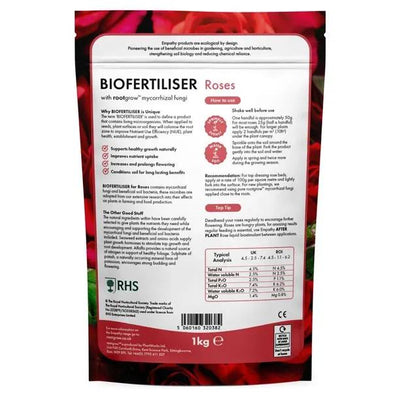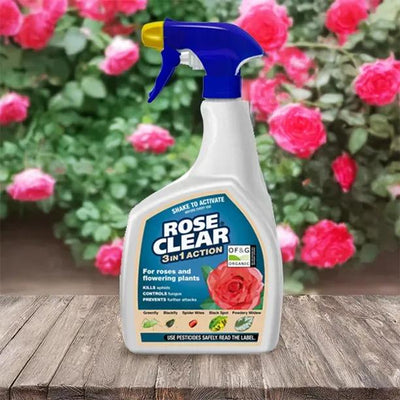Frilly Cuff Rose Bushes
'Frilly Cuff' red buds open to seriously cerise pink flowers, which are double, ruffled, apple blossom scented. Mid-green, glossy foliage. To 1.2m x 80cm.
Browse our other shrub roses, or all our rose varieties.
Features
- Type: Shrub
- Colour: Red buds, cerise flowers
- Flower shape: Double, frilly
- Scent: Medium, apple blossom
- Upright Habit to 1.2m x 80cm
- Repeats in flushes June-November
- Disease resistance: Good
- Recommended for dappled shade
Growing Frilly Cuff Roses
Good soil in a sheltered, sunny spot is ideal for these large blooms, but like most Rosas, they're tough plants, and these tolerate a bit of shade well.
Garden Design Ideas
A versatile rose that can be incorporated in a border, or used in a pot. It would make a particularly good prickly hedge as the stems are rather thorny. The rich cerise flowers would work well with silver-hued plants such as Artemisia ludoviciana and the pale pink flowers of Sidalcea bElsie Heughb.
History & Trivia
Bred by Amanda Beales (1967-2013) and released by Peter Beales Roses in 2014. Registration code BEAjingle. The name is for the fashion designer Laurence Llewelyn-Bowen.

 Secure, One-Tap Checkout
Secure, One-Tap Checkout
 Hand Picked, Delivered to Your Door!
Hand Picked, Delivered to Your Door! 1 Year Bareroot Guarantee
1 Year Bareroot Guarantee












